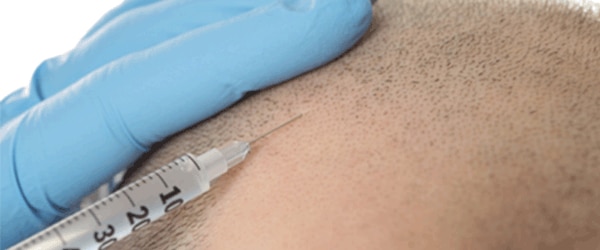Hair loss: hair transplants and implants, a technique that appeals to women
To continue to fight against alopecia, it is important to combine treatment with surgery. The goal is to preserve as much of the hair as possible around the transplanted hair.
In recent years, hair loss transplants have become frequent among women. The number of hair transplant operations for women (29% to 42% of women are affected by hair loss in their lifetime*) has even tripled since 2004. Various factors impacting quality of life can lead to people turning to this solution: severe psycho-emotional distress, but also real difficulties in styling one's hair on a daily basis.
The different types of hair implants to fight against alopecia
- Hair transplantation by strip for the most serious alopecia. The principle: take a small strip of scalp horizontally from the nape of the neck, an area with a lot of hair, and then extract the grafts. Very small incisions are made in the bald area before implanting the grafts one by one. 1,000 to 4,000 hairs can be implanted per session. The results can be observed 8 to 9 months later.
- Follicular Unit Extraction (FUE) for minor and moderate alopecia. This procedure consists of removing follicular units separately and re-implanting them one by one on the areas affected by alopecia. The sessions are shorter and allow for fewer hairs to be implanted. The post-operative follow-up is also less painful and does not leave a scar.
Alternatives to hair implants in case of hair loss
- Platelet-rich plasma (PRP) injections. PRP is obtained from the patient's blood, which is then enriched with platelets by a centrifugation process and injected non-invasively into the scalp. Further studies will be useful to demonstrate the overall and long-term efficacy of this technique.
- Low-intensity laser. This is a promising technique for the treatment of androgenetic alopecia based on the fact that hair follicles need light to regenerate. Various studies have demonstrated its efficacy, which is comparable to that of medicinal treatments (minoxidil or finasteride), but the conditions of use of laser therapy have yet to be precisely defined before its final approval.
- Mesografting or the use of stem cells. The principle consists of culturing scalp stem cells capable of multiplying and reactivating hair follicles that no longer produce hair. More scientific evidence is needed to support its use in androgenetic alopecia.
* Source: Blume-Peytavi et al., 2011; Norwood, 1975

